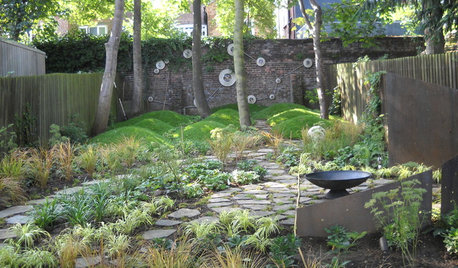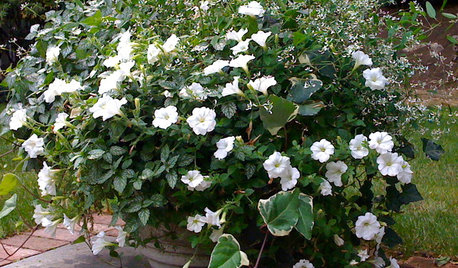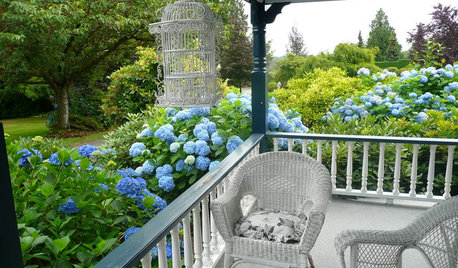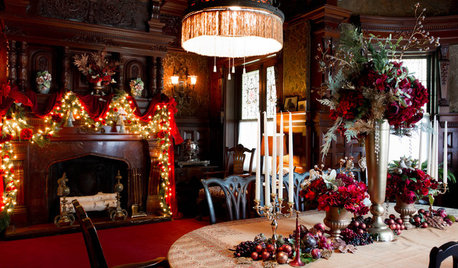Hydrangea Star Gazer?
LindaMA
11 years ago
Related Stories

LANDSCAPE DESIGNStars and Myths Inspire a Contemporary London Garden
A sinuously snaking path, tiles like dragon skin and a triad of stone apples give a British garden an air of enchantment
Full Story
GARDENING GUIDESCalifornia Gardener's June Checklist
Update your hydrangeas, catch up on tomatoes and more ways to enjoy your California garden in June
Full Story
GARDENING GUIDES11 Perfect Plants for a Moonlit Garden — in Pots
Create an alluring after-dark aura on a patio or deck with container plants that glow white under the stars
Full Story
GARDENING FOR BUTTERFLIESGreat Design Plant: Ceanothus
Try these springtime stars for a bolt of blue, especially where you've got a dry spot in the garden
Full Story
TASTEMAKERS10 Snazzy Home Spruce-Ups from Estee Stanley
The star-connected stylist reveals her favorite accent pieces, the secret to fab flowers and which fabric always looks great
Full Story
GARDENING GUIDESSummer Gardens Sing With Blues
When hot weather hits, bursts of blue keep the garden palette cool and calm
Full Story
HOLIDAYSHouzz Call: Show Us Your Decorated Holiday Mantel
Share your festive fireplace stylings with the Houzz community in the Comments!
Full Story
CHRISTMASNew York's Wilderstein House Dresses Up for Christmas
See how local designers have transformed this historic Queen Anne–style home with stunning holiday displays
Full Story
MY HOUZZMy Houzz: Contemporary Belgian Style Transforms a Dutch Country Cottage
Travel mementos and art fill this couple’s comfortable weekend countryside retreat in the Netherlands
Full Story
MOST POPULAR20 Ways to Work White Magic in Your Yard
Create enchanting outdoor spots with fresh white fences, florals and furniture
Full Story





denninmi
October_Gardens
Related Professionals
Birmingham Landscape Architects & Landscape Designers · Ilchester Landscape Architects & Landscape Designers · River Forest Landscape Architects & Landscape Designers · Seabrook Landscape Architects & Landscape Designers · Jackson Landscape Contractors · Pelham Landscape Contractors · Stamford Landscape Contractors · Essex Landscape Contractors · Indio Landscape Contractors · New Braunfels Landscape Contractors · Red Oak Landscape Contractors · Wanaque Landscape Contractors · Laurel Siding & Exteriors · Black Forest Siding & Exteriors · Woodbridge Siding & Exteriorsgardengal48 (PNW Z8/9)